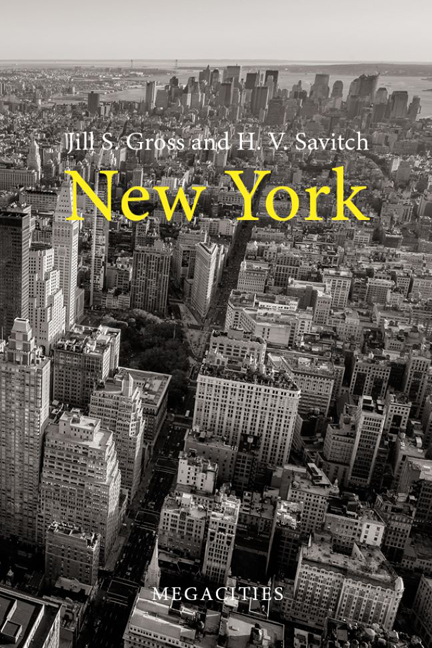In its simplest definition, a megacity is an urban agglomeration that is home to at least ten million people. In 1950 the world counted just two - New York and Tokyo - with only Mexico City joining their ranks in the following 25 years. Today, there are 40 megacities around the world and that number is expected to surge in the years to come.<br><br>Megacities flourish as nodes in a vast urban network that links critical segments of a globalized economy. Driven by the forces of industrialization, the rise of megacities has not occurred by happenstance, but because political geography has favoured specific locations. In an age of migration, in which people have moved from farmland into cities, uneven patterns of urban growth have produced hyper-agglomerations that offer unique challenges and opportunities to their hinterlands and national economies.<br><br>This series examines the political and economic development of these megacities. Each title interrogates a specific megacity's form and development and explores how and why they have evolved and how policy decisions, couched in geopolitics, have shaped their outcomes. At the core of the series are paradigmatic volumes on mature megacities in the developed world - Paris and New York - that serve as models for understanding emerging megacities, such as Mumbai, Shanghai, Mexico City and others. The books address the relative state of convergence or divergence between mature and emerging megacities, as well as their comparative positions in a global hierarchy and as drivers of economic growth, demographic change and consumption. Each book evaluates the spatial distribution of a megacity's assets (international centres, financial districts, political and decision-making cores), its development, its distribution of wealth and poverty and the huge challenges of governing, planning, and provisioning these hyper-conurbations.<br><br>Megacities flourish as nodes in a vast urban network that links critical segments of a globalized economy. Driven by the forces of industrialization, the rise of megacities has not occurred by happenstance, but because political geography has favoured specific locations. In an age of migration, in which people have moved from farmland into cities, uneven patterns of urban growth have produced hyper-agglomerations that offer unique challenges and opportunities to their hinterlands and national economies.



